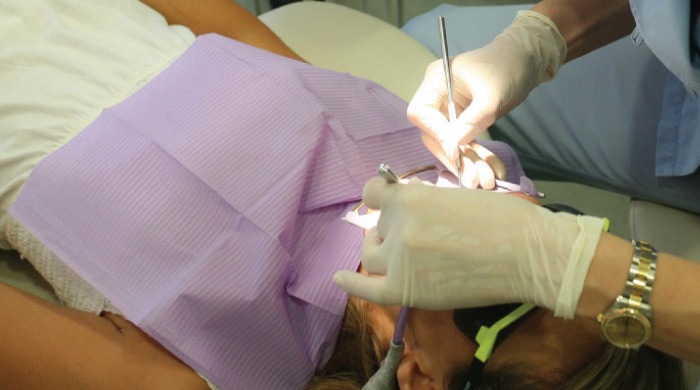Can You Get a Cavity After a Filling?
 The majority of Americans will require at least one dental filling to treat a cavity. This common procedure protects your tooth from any further damage from bacteria and acid. However, fillings require proper oral hygiene to effectively protect your teeth. Whether you’ve just gotten a filling or you’ll get one soon, the following information will help you understand how fillings work.
The majority of Americans will require at least one dental filling to treat a cavity. This common procedure protects your tooth from any further damage from bacteria and acid. However, fillings require proper oral hygiene to effectively protect your teeth. Whether you’ve just gotten a filling or you’ll get one soon, the following information will help you understand how fillings work.
How Do Cavities Form?
At any given moment, your mouth is full of bacteria. While some of the bacteria is “good” bacteria that help you digest and perform other functions, other bacteria is “bad” and it feeds on sugars to produce acid. Over time, this acid wears away tooth enamel to form little holes or cavities. If cavities are not promptly treated, the delicate inner parts of the tooth can become infected and begin to decay.What Does a Filling Do?
When Dr. Dipesh Sitaram or one of our other team members discovers a cavity, we typically turn to a filling to treat the area. After cleaning the tooth, we will fill the cavity with a biocompatible, composite filling. Unlike amalgam fillings, our biocompatible fillings do not contain any potentially harmful materials like gold or silver. The filling protects your tooth from further damage and allows you to use the tooth normally.Can You Get a Cavity After a Filling?
Most of the time, fillings effectively treat a cavity. However, poor oral hygiene can lead to more cavities developing. Occasionally, additional cavities can develop around the edge of the filling. Fillings can also crack or shift over time and expose the area to further cavities. However, brushing your teeth twice daily, flossing each day, and regularly visiting our office can help us keep an eye on your fillings.Questions About Fillings?
Fillings are a safe and effective way to treat cavities and preserve the function of your natural tooth. To ask us any questions about fillings or to schedule your next visit, call us today! Contact UsCategorised in: Oral Health, Oral Hygiene, Restorative Dentistry
